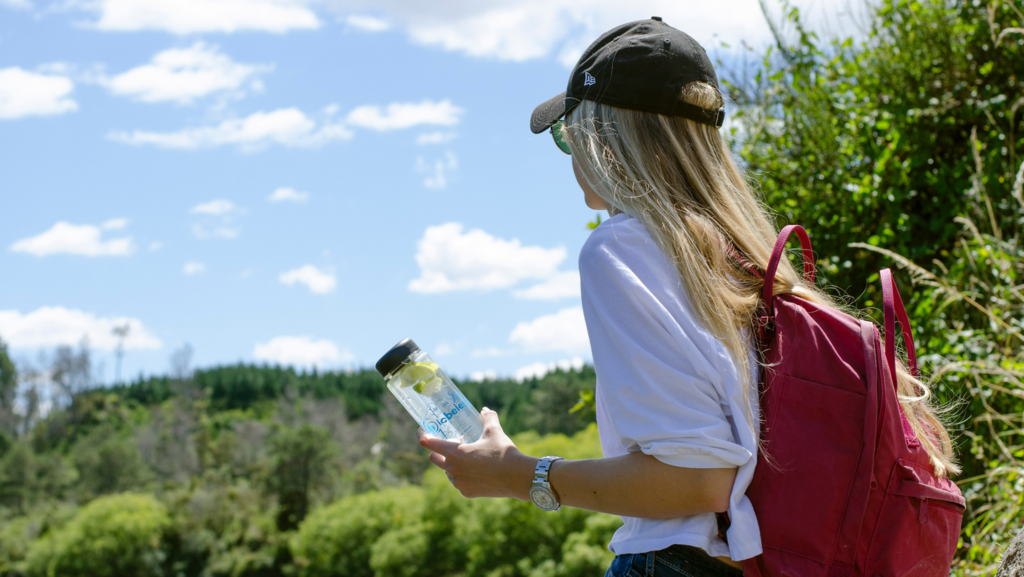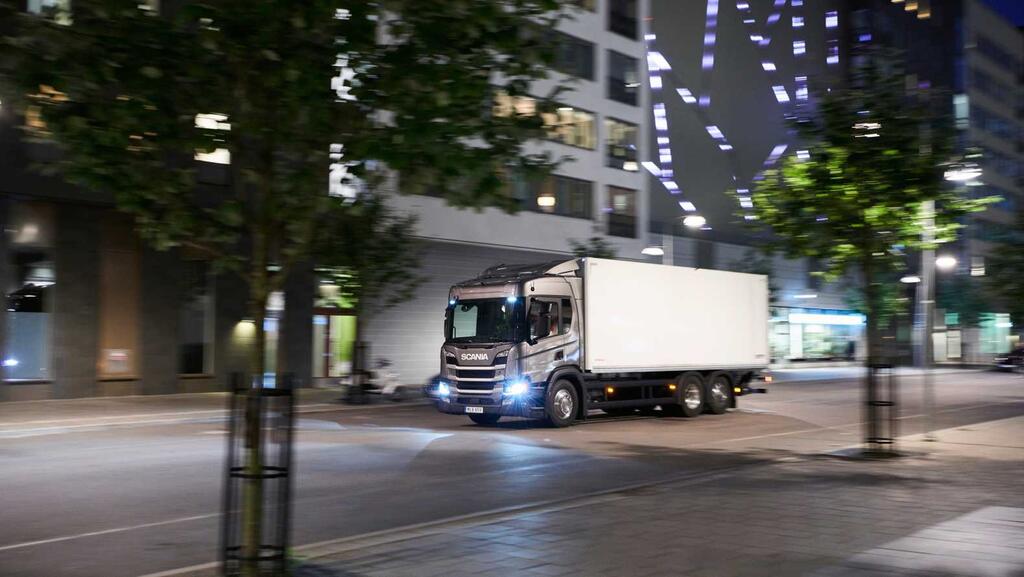System effects and the design of sustainable systems
This work package will discover how the new concepts and services for city logistics which are being developed and tested in HITS will contribute to a long-term sustainable transport system and society.

The work will be synchronised with the project "System effects of self-driving vehicles", which is being funded by the Swedish Transport Administration.
Objective
- Developing knowledge about the design, implementation and scaling of sustainable concepts and services for city logistics.
- Distributing knowledge about the effects of the services and providing decision-makers in the private and public sectors with the information they need to make strategic and policy-based decisions.
Contents
- Description of the transport system with the help of System Dynamics, based on qualitative and quantitative methods and workshops involving the project partners.
- Framework and KPIs for evaluating the effects of the system.
- Implementing a simulation model to evaluate the effects of transport concepts, business models and policies (using the framework and KPIs referred to above).
Work package leader:
KTH, Anna Pernestål
Övriga projektdeltagare:
KTH, Scania, CLOSER, FTL, HAVI, LogTrade, City of Stockholm, Upphandling Södertörn, Catena, Dagab, Ericsson, Fabege, Göteborgs Universitet, IVL, Linköpings University, Ragn-Sells, RISE
From a sustainability perspective

Most logistics systems today work well. And there are many interesting solutions that can make them better and more sustainable. But what is it that makes them good? And what characterizes a good concept for sustainable urban transport?
The researchers in this work package study the strengths and weaknesses of the various concepts and compile and analyze existing research. Above all, the various systems are mapped from a sustainability perspective.
Many concepts are sustainable in one way, but less sustainable in another. Now the researchers produce different metrics (KPIs) to be able to compare and see what works best overall. Different areas that are in focus include: emissions, noise, congestion, transport efficiency, economy and environmental impact.
In the next step, different effects of a new concept are studied. For example, if all deliveries take place at night, the total number of deliveries will increase then, because it will be easier? And if the heavy traffic moves to the nights, will the increased space on the roads be filled with more cars then (and fewer passengers in public transport)?
In this sub-project, it is tested whether a concept is good by studying dynamic effects. The starting point is to study the urban transport system as a whole and see how different concepts or policies (eg night deliveries, congestion taxes, diesel prices, etc.) affect it. This is how the participants start from the whole to gradually familiarize themselves with the details.
